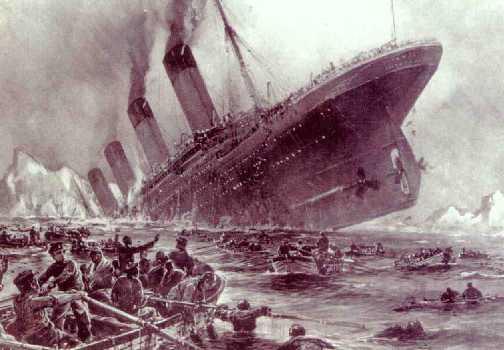I had the privilege of having the time to visit such a wonderful museum. The British Museum is huge with many rooms and expeditions. It’s a little over whelming because there is just so much to look at. It would take more than one day to see everything. I decided to focus on a few things I really wanted to see and go check them out. It has around 7 million objects representing human culture and history. It was founded in 1753 in which it became the first public national museum. About 6 million people visit this museum a year. As I entered I was amazed by how elaborate and decorative it was. This museum is free to the public so they appreciate the many generous donations by patrons. The thousands of ancient statues from ancient Egypt amazed me. Not many people are able to say they have seen the Rosetta stone. The Rosetta stone is a decree with Greek, Demotic, and Hieroglyphs engraved in the stone. It is said that languages were inspired by this stone. Today when learning a language many use the Rosetta stone program. Another interesting display were pieces of the Roman Parthenon. Also there were many beautiful jewels and crowns from ancient Japan and Greece. I loved this museum because there were many interesting exhibits and things I have learned about in school. Some of the exhibits change throughout the year so I am glad I was there when such great artifacts were present. This is a must see museum and I am so glad that I decided to visit during my short month in London.
-Jennifer Bell

-Rosetta Stone






